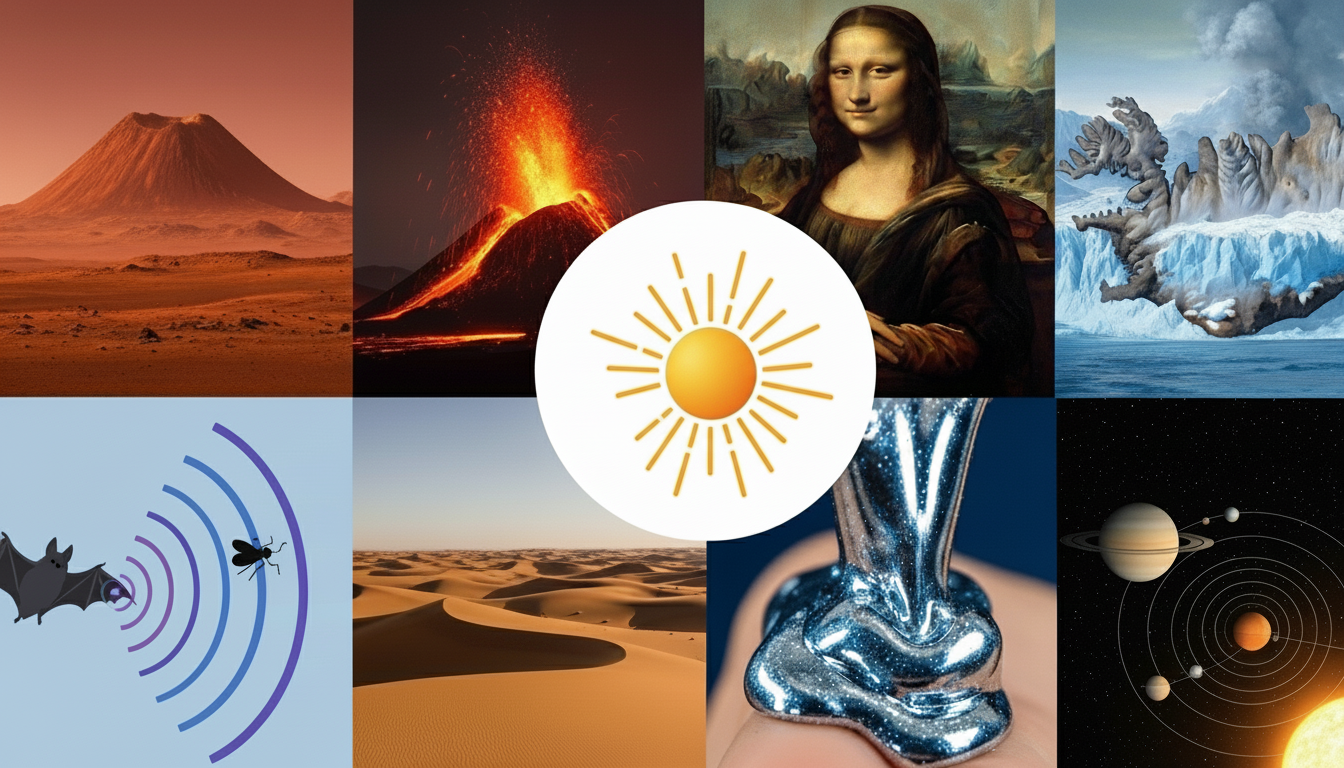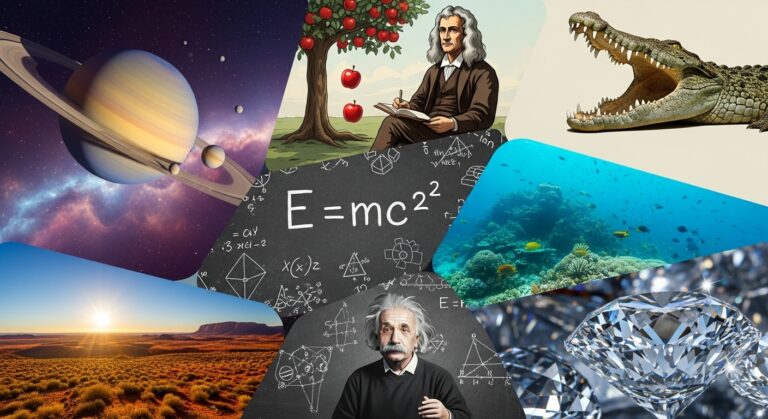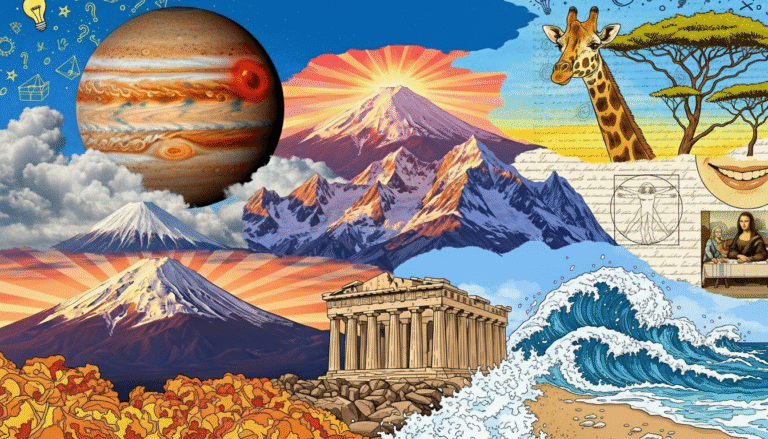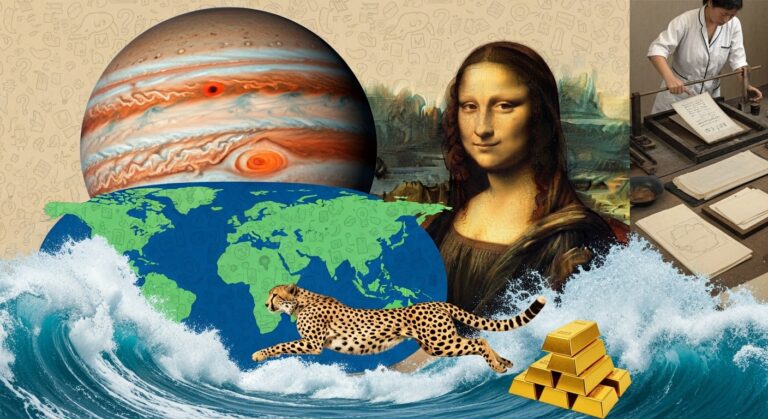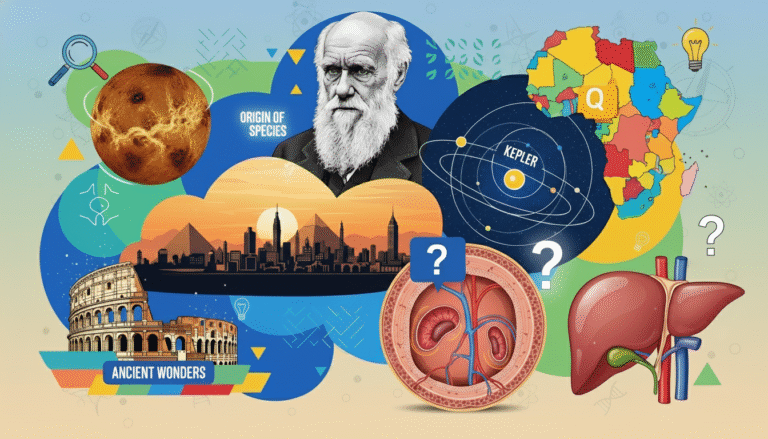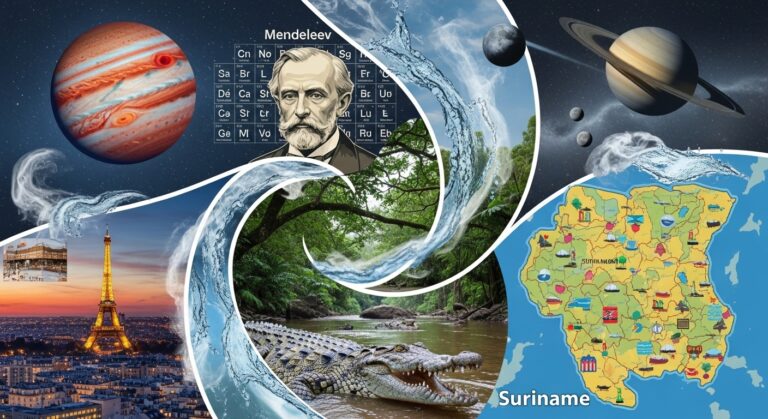Smart General Knowledge Questions to Challenge Yourself
Smart general knowledge questions don’t just give you facts — they help you develop critical thinking, strengthen your memory, and expand your understanding of the world. Whether you’re preparing for competitions, boosting your intellect, or simply enjoying a challenge, a set of smart general knowledge questions will always teach you something new.
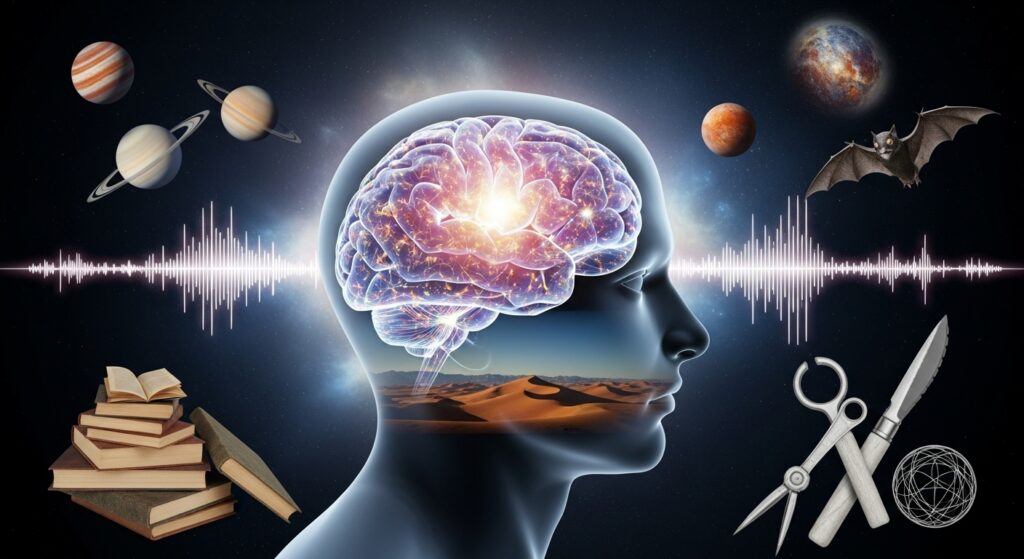
This quiz was designed to challenge curious minds with topics spanning science, geography, biology, history, and astronomy. Each question is followed by a detailed explanation so you can understand, remember, and appreciate each fact deeply.
Mars: Home to the Highest Mountain, Olympus Mons
Mars contains Olympus Mons, the tallest mountain in the solar system. This enormous shield volcano stands about 22 km high, dwarfing Mount Everest.
Why is it so big?
- Lower gravity
- Thicker crust
- Lack of tectonic plate movement
Lava flowed for millions of years in the same spot, building the giant structure that we now know as Olympus Mons.
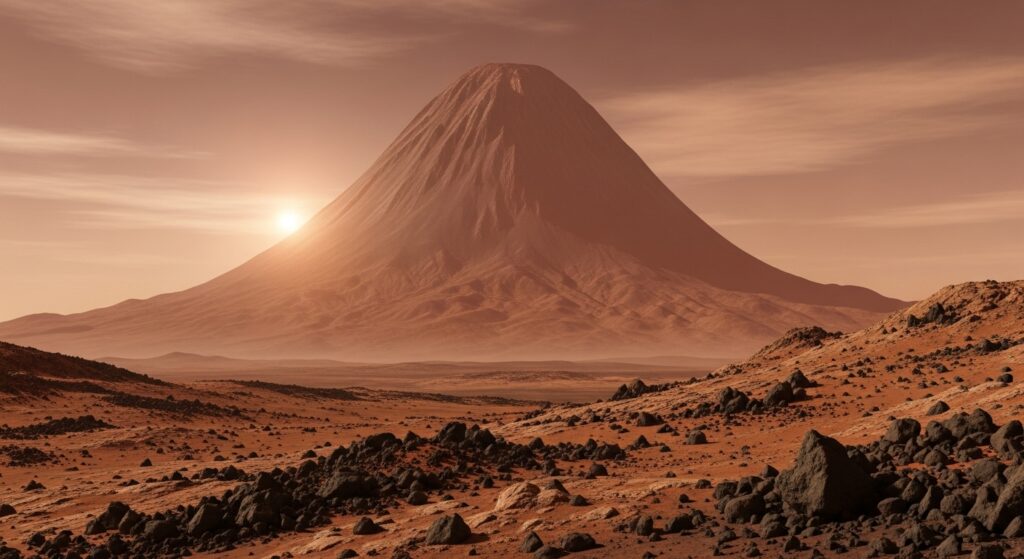
Leonardo da Vinci: Master Behind the Mona Lisa
The Mona Lisa, painted by Leonardo da Vinci, is one of the most recognized artworks in the world. Da Vinci’s mastery of sfumato, a technique of blending colors and shadows, gives the painting its lifelike quality.
Interesting details:
- Her smile seems to change from different angles
- Her eyes follow you due to perspective mastery
- The background represents imaginary landscapes
- It took Leonardo years to perfect the painting
The Mona Lisa is currently housed in the Louvre Museum in Paris.

Iceland: The Land of Ice and Fire
Iceland earns this nickname because it contains both glaciers and active volcanoes. It sits on the Mid-Atlantic Ridge where tectonic plates pull apart, causing volcanic activity.
Famous features:
- The Blue Lagoon geothermal spa
- Eyjafjallajökull volcano
- Black sand beaches
- Massive ice caves
Iceland showcases extremes of nature like almost no other place on Earth.
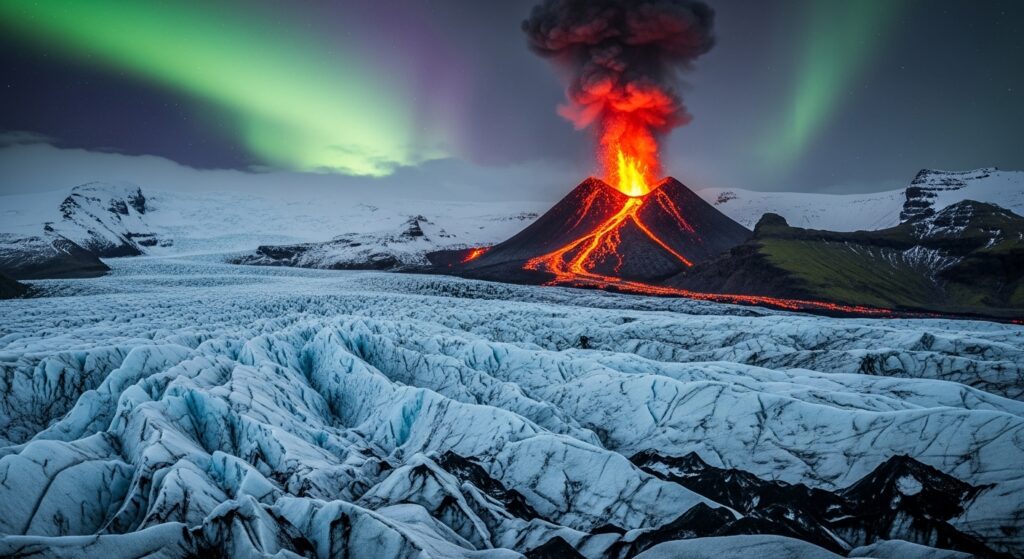
Bats and Echolocation: Masters of Darkness
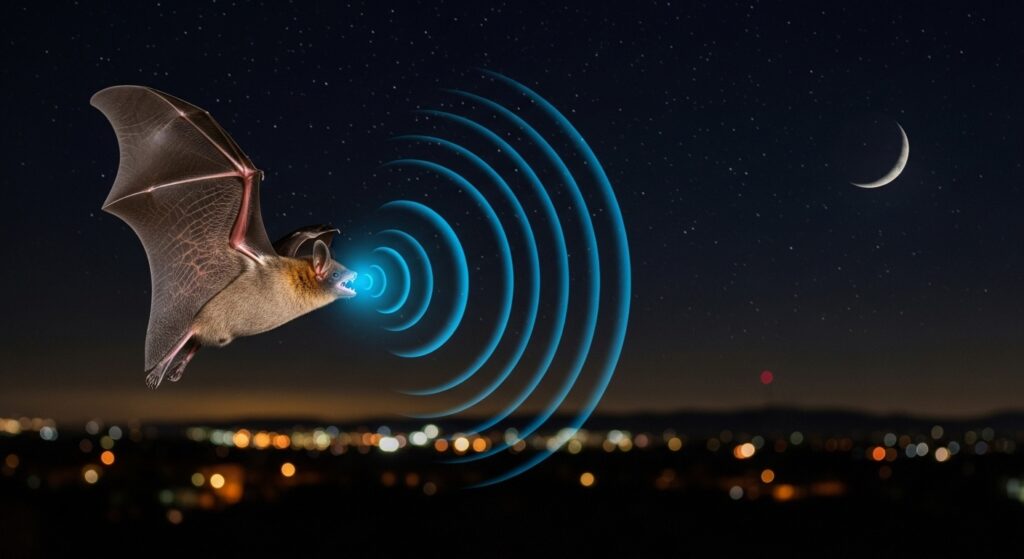
Bats use echolocation to navigate. They emit high-frequency sound waves that bounce off objects, allowing them to “see” through sound.
Why echolocation is brilliant:
- Helps hunt insects in total darkness
- Maps spaces in real-time
- Allows flying through tight spaces
- Works faster than human vision
Some marine animals like dolphins use similar systems, but bats remain the most iconic echolocators.
Vitamin D: The Sunshine Vitamin
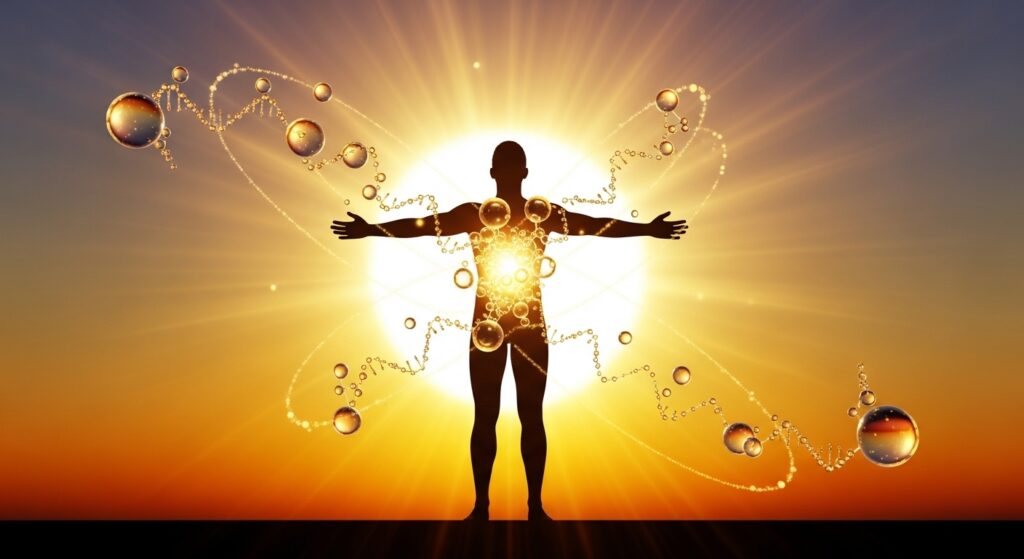
When sunlight touches your skin, your body produces Vitamin D. It plays an essential role in:
- Bone health
- Immune function
- Mood regulation
- Cell repair
A deficiency in Vitamin D can lead to weak bones, fatigue, and lowered immunity. Sun exposure for short periods each day boosts natural levels.
China: The Birthplace of Paper

Paper was invented in China around 105 CE by Cai Lun. Early paper was made from mulberry bark, hemp, and remnants of cloth.
Before paper:
- People wrote on bones
- Bamboo strips
- Silk sheets
The invention of paper revolutionized record-keeping, education, literature, and global communication.
Nitrogen: Earth’s Dominant Atmospheric Gas
About 78% of Earth’s atmosphere is nitrogen. Although it is not breathable on its own, nitrogen plays essential roles in:
- Preventing explosions of oxygen
- Plant growth through nitrates
- Protein formation
- DNA composition
Nitrogen cycles through soil, oceans, and the air continuously.
Africa: Home of the Sahara, the Largest Hot Desert

The Sahara Desert spans 11 countries and covers more area than the United States. It contains dunes taller than skyscrapers and landscapes ranging from rocky plateaus to dry valleys.
Despite its harsh conditions, the Sahara hosts:
- Camels
- Desert foxes
- Acacia trees
- Ancient rock art
Temperatures can rise above 50°C, and sandstorms can last days.
Gallium: The Metal That Melts in Your Hand
Gallium melts at around 29–30°C, meaning it can liquefy when held. This soft, silvery metal is used in:
- Semiconductors
- Solar panels
- LEDs
- Scientific instruments
It is safe to touch, unlike mercury, and often used in science demonstrations.
Nicolaus Copernicus: The Man Who Moved the Sun
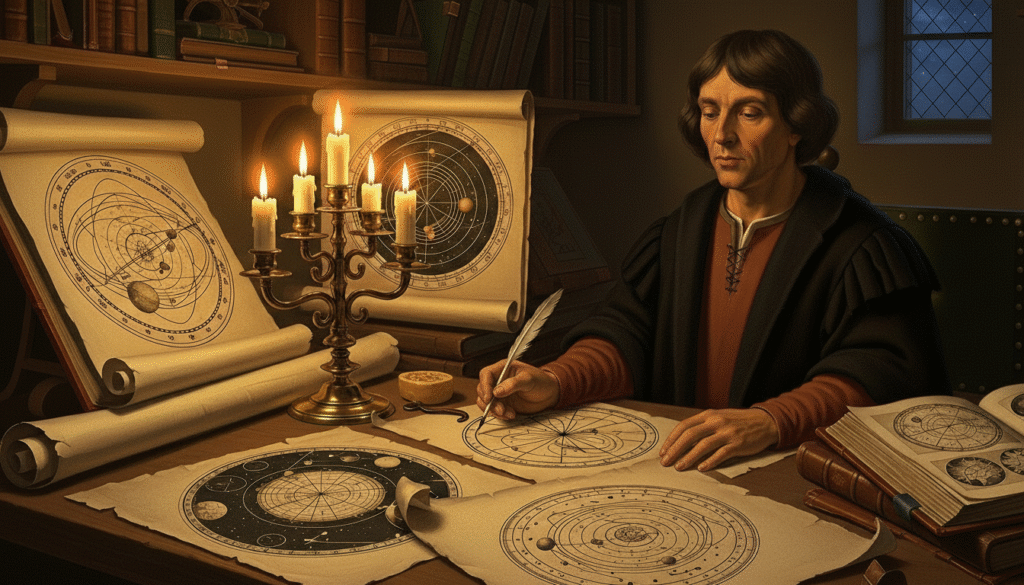
Copernicus proposed the heliocentric model, which stated that the Sun — not Earth — is at the center of the solar system. This bold idea challenged centuries of belief and transformed astronomy forever.
His model laid the foundation for:
- Kepler’s orbital laws
- Galileo’s telescopic discoveries
- Newton’s gravitational theory
Copernicus revolutionized our understanding of the universe.
Smart General Knowledge Questions Make You Smarter
These smart general knowledge questions explore astronomy, biology, geography, physics, and history. By studying the explanations, you’re not just memorizing answers — you’re strengthening your long-term understanding of the world.
A quiz like this sharpens your reasoning, improves memory, and fuels curiosity. The more you challenge yourself with smart questions, the more intelligent and informed you become.

